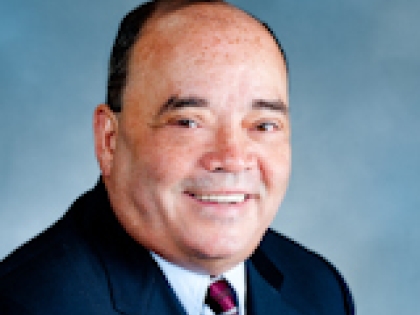
Redistricting Background
Martin Malavé Dilan
January 3, 2011
The Task Force on Demographic Research and Reapportionment was established by Chapter 45 of the New York State Laws of 1978 to research and study the techniques and methodologies used by the U.S. Commerce Department’s Bureau of the Census in carrying out the decennial federal census. The Task Force aids the Legislature by maintaining computer systems, developing databases, conducting hearings and developing Senate, Assembly and Congressional redistricting plans. LATFOR also conducts research projects relating to the collection and use of census data and other statistical information. The Task Force consists of six members, including four legislators and two non-legislators.
Federal census data released by the U.S. Census Bureau provides the basic tool for redrawing legislative districts. This datafile, commonly referred to as the “PL 94-171 file,” will be sent to LATFOR by the Census Bureau during March, 2011. PL 94-171 data contains population data based on voting districts, race, and voting age. During late December, 2010, prior to the release of this data, the Census Bureau will announce state populations, triggering the national congressional reapportionment.
In addition to using census data as a building block for redistricting, LATFOR is guided by others statutes and legal precedents. Article III, Section 4 of the New York State Constitution details how county and other local governmental body boundaries must be respected. The U.S. Supreme Court’s landmark Baker v. Carr decision requires that all districts within a state must respect a “one person/one vote” rule by having roughly equally populated districts. Under Section 5 of the federal Voting Rights Act, any new election law change (including redistricting) that affects The Bronx, Kings and New York counties must have the approval of either the U.S. Justice Department or a federal district court in Washington before being implemented to protect against vote dilution in those counties. Other sections of the Voting Rights Act protect minority voters statewide if certain levels of polarized voting prevent minority voters from electing their candidates of choice.
Many critics of the last senate redistricting in 2002 have argued that the current senate districts are regionally biased against urban areas in favor of rural ones. By stretching the overall population difference among districts to nearly the maximum permissible 10 percent, critics argue that upstate regions of the state are overrepresented and that too few districts were created downstate.
Other criticisms go to the lack of compactness standards and the failure to draw districts that are contiguous, making residents travel outside a district to go from one part to another. A last minute decision made by the 2002 mapmakers to increase the size of the Senate from 61 to 62 disrtricts was made without advance public notice or comment.
More recent debate has focused on the need to reform the redistricting process. Several legislators and organizations have suggested that a new independent commission should undertake redistricting. The Senate is seeking public comment on additional ways to insure that the next redistricting is conducted in a fair and transparent manner and that districts honestly represent New York’s residents.
Clearly, new rules may be necessary.
Share this Article or Press Release
Newsroom
Go to NewsroomDilan, Democratic Colleagues Oppose Proposed $65 Million Cut to MTA
February 17, 2017
Dilan, Senate Democrats Call For Real Action On Raise The Age
February 13, 2017
THANKSGIVING ESSAYS AND CONTRIBUTIONS SD 18
November 22, 2016
